What are monopolar radiofrequency and bipolar radiofrequency?
Radiofrequency energy is an alternating electrical current which creates an electromagnetic field that sends out radio waves, and radiofrequency devices are either monopolar or bipolar. Monopolar machines, such as Thermage, have a treatment head that delivers the radiofrequency energy, while a metal pad attached to the machine is placed under your shoulder. This radiofrequency energy can be fine-tuned to hit precise depths within the skin, up to 2cm deep.
Bipolar radiofrequency machines, on the other hand, have two electrodes on the treatment head, and the current passes between them, which means it can’t go far into the skin at all (like, only 2mm), unless it is helped to go deeper by being passed through needles sunk a small way into the skin.
You’ll find radiofrequency machines called ‘tripolar’ or ‘multipolar’, but given that electrical polarity is a plus-to-minus sort of thing rather than a plus-to-minus-to something-else-in-the-middle sort of thing, these other machines just use variants on bipolar technology. Practitioners who like using radiofrequency treatments usually prefer monopolar machines, because they offer a more flexible way to treat patients.
Where can I get radiofrequency treatment?
You can use the Find a Practitioner tool on this website to find a good, reliable practitioner for radiofrequency treatment.
How much does radiofrequency cost?
Radiofrequency-only treatment typically costs in the range £150–300 per treatment session, depending on which area you’re having treated. You will normally need to have a course of treatments to get the best results.
Treatments that combine radiofrequency with other cosmetic technologies can cost substantially more. For example, the radiofrequency-based Thermage ‘face-ironing’ treatment costs around £3,000 for the lower face and neck – but it requires only a single treatment rather than a course of treatments.
How long does radiofrequency take?
A typical radiofrequency treatment takes between 15 and 60 minutes, depending on the area being treated and the device the practitioner is using.
Before some of the more intense sorts of radiofrequency treatments, you may need to have anaesthetic cream applied to the treatment area, and to wait 20-30 minutes for the cream to take effect.
How often do you need radiofrequency treatments?
You will typically need around six radiofrequency treatments at regular intervals, such as four weeks. Some practitioners recommend more treatments – for example, eight or 10 treatments.
How long does radiofrequency last?
The effects of radiofrequency treatment should last for a good while – from several months up to a couple of years — though this depends on the original condition of your skin, and how well you look after it afterwards. Your practitioner will likely recommend that you continue to have maintenance treatments to preserve the effects as long as possible.
What is it like to have radiofrequency?
Having radiofrequency treatment varies considerably depending on which type of treatment you have. But generally speaking, the treatment goes something like this:
- You meet the practitioner and discuss your goals. The practitioner examines you and recommends suitable treatment.
- On the day of the treatment, you may need to have numbing cream applied to the treatment area and wait for it to take effect. Whether you need numbing cream depends on the treatment you’re having.
- The practitioner may apply a gel to the treatment area to help the device’s treatment head slide across your skin.
- The practitioner will move the treatment head across the treatment area, keeping it moving to avoid delivering too much energy to a single area.
- With other types of radiofrequency device, the skin is marked out with a grid pattern, and the practitioner works the device across the grid, section by section, to bring each area up to the required temperature.
- Your skin will start to feel warm or hot.
- After treatment, your skin will be red and will feel hot for several hours. It may be swollen for up to two days afterward.
How is radiofrequency used for skin resurfacing?
Radiofrequency can also be used for resurfacing the skin, by working more deeply into the skin. This is done by using a technique called ‘fractional radiofrequency’ which is carried out with a variation of the radiofrequency device. This is also know as radiofrequency microneedling (which you can read about on its own Tweakment page).
What is fractional radiofrequency?
If you have heard of fractional treatment, it may well have been in the context of ‘fractional’ lasers which use concentrated light to bore tiny channels of damage into the skin in order to stimulate the wound-healing response that leads to the production of fresher, stronger clearer, smoother skin.
Fractional radiofrequency treatment seeks to make the same sort of deeper channels of damage into the dermis, the layer of the skin where the collagen lies, but it does it in a different way. For fractional use, the treatment head of the radiofrequency device is equipped with a large number of tiny needles (the microneedling part of radiofrequency microneedling). These are driven into the skin, and the radiofrequency energy is driven through them, deeper into the skin. Usually, the needles are insulated, except for their tips, so that the radiofrequency energy they dispense is delivered directly to the dermis, rather than dispersed into the rest of the skin that the needles are passing through.
What are the benefits of fractional radiofrequency?
Having fractional radiofrequency will not only give you the skin-tightening benefits that other radiofrequency treatments offer, but will also refresh and smooth the surface of the skin by generating a greater amount of new collagen within the skin.
Using needles to create micro-channels of damage enables the skin to heal itself faster than you would expect, because between each of the channels of damage is a portion of untreated, undamaged skin. So the skin isn’t trying to heal the whole of itself at once.
What is it like to have fractional radiofrequency?
In my experience, it’s challenging, but it’s worth it as the treatment gets great results. If you have already flinched at the mention of repeated needling – you’re right, it is not comfortable, but your practitioner will give you enough numbing cream beforehand to make sure that you are comfortable.
- First, you will have a consultation with your practitioner and a discussion of your treatment goals.
- On the day of treatment, your appointment will start with the application of anaesthetic cream for up to half an hour, which is cleaned off before treatment starts.
- Your practitioner will work the device steadily across the areas to be treated, delivering needled shots of radiofrequency energy as they go, until all areas of the skin have been covered.
- You will feel each pulse of the needles and radiofrequency – but it should be tolerable.
- Your skin will feel warm once treated.
- Your skin will look really quite red after treatment – the sort of colour where you will prefer not to have to take public transport home.
- This redness will calm down over the next day or two, and will look like a fading sunburn. Your skin will start to feel rough as it heals, as the channels of damage in the skin will be healing up and creating new collagen, and pushing out the old, dead skin cells on the surface.
- As the new skin comes through, it will leave the whole surface of the skin smoother, firmer and tighter.
- You will see the best results after a course of treatment, perhaps alternating tightening radiofrequency treatments with deeper resurfacing ones.
Is radiofrequency safe for dark skin?
Yes, unlike laser and IPL treatment, radiofrequency is almost always safe to use on all skin types. Laser and IPL both use light energy to target melanin, the brown pigment in the skin, which makes them tricky to use on skin types IV, V and VI – that is, light brown, darker brown and black skin — without causing damage and either hyperpigmentation (extra pigmentation) or hypopigmentation (a lack of pigmentation, or de-pigmenting of the skin).
But if you use radiofrequency energy (rather than light energy) to heat up the collagen in the skin, it can do this without harming or provoking the melanin.
Which is a long-winded way of saying that yes, radiofrequency is a great choice of treatment for tightening darker skin.
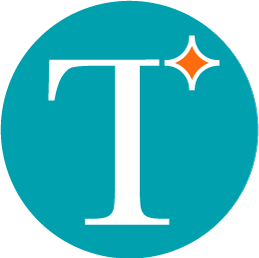
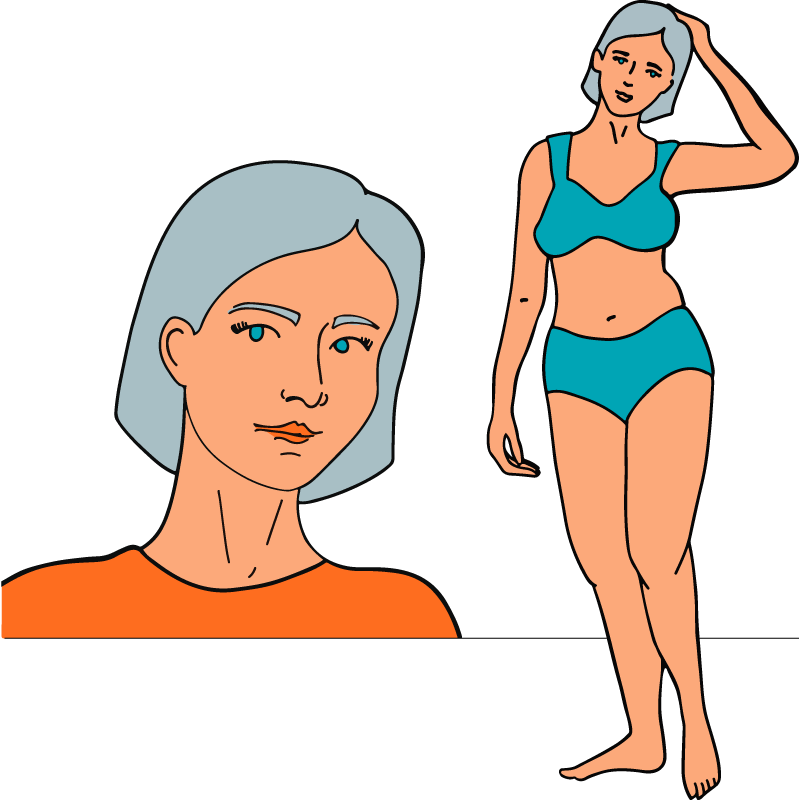

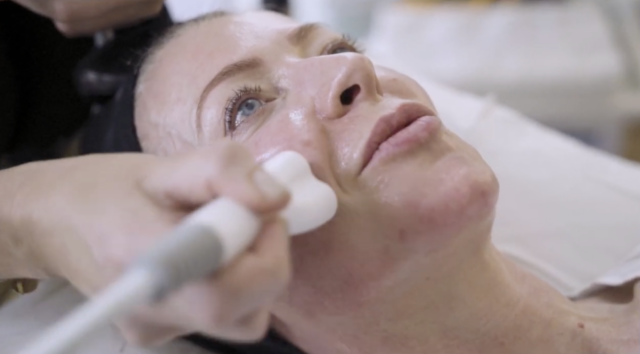
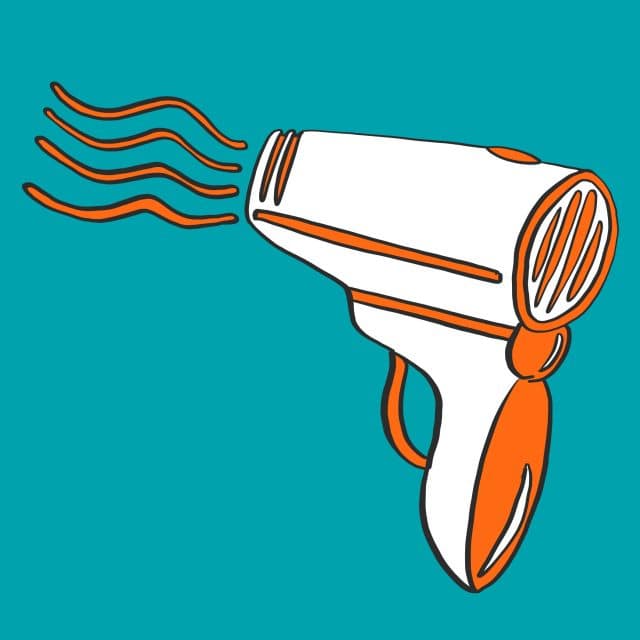
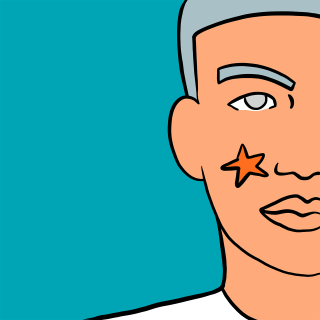
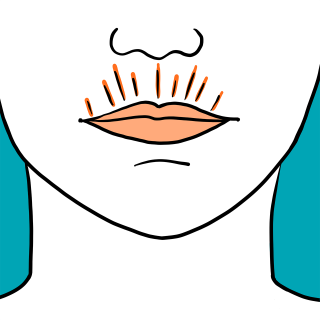
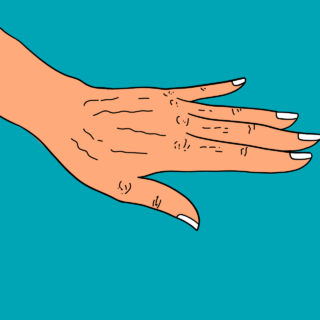
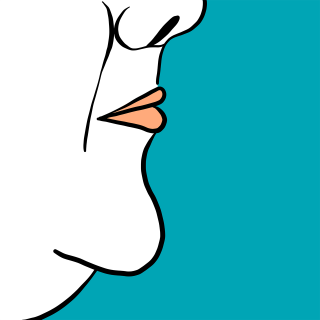
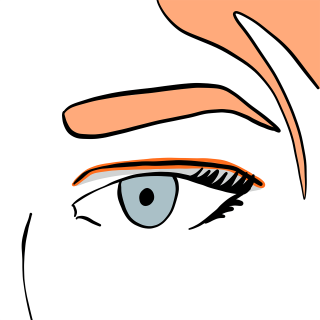

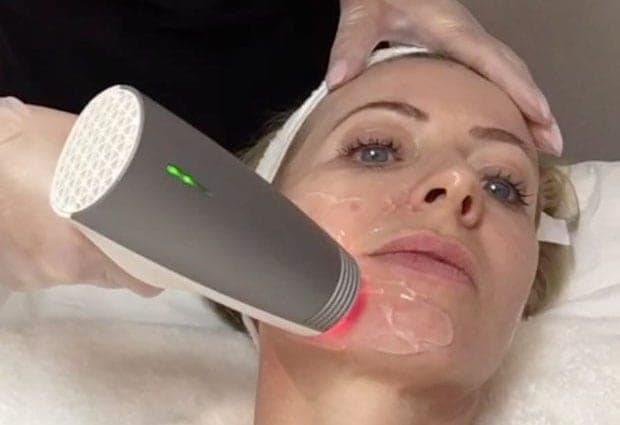
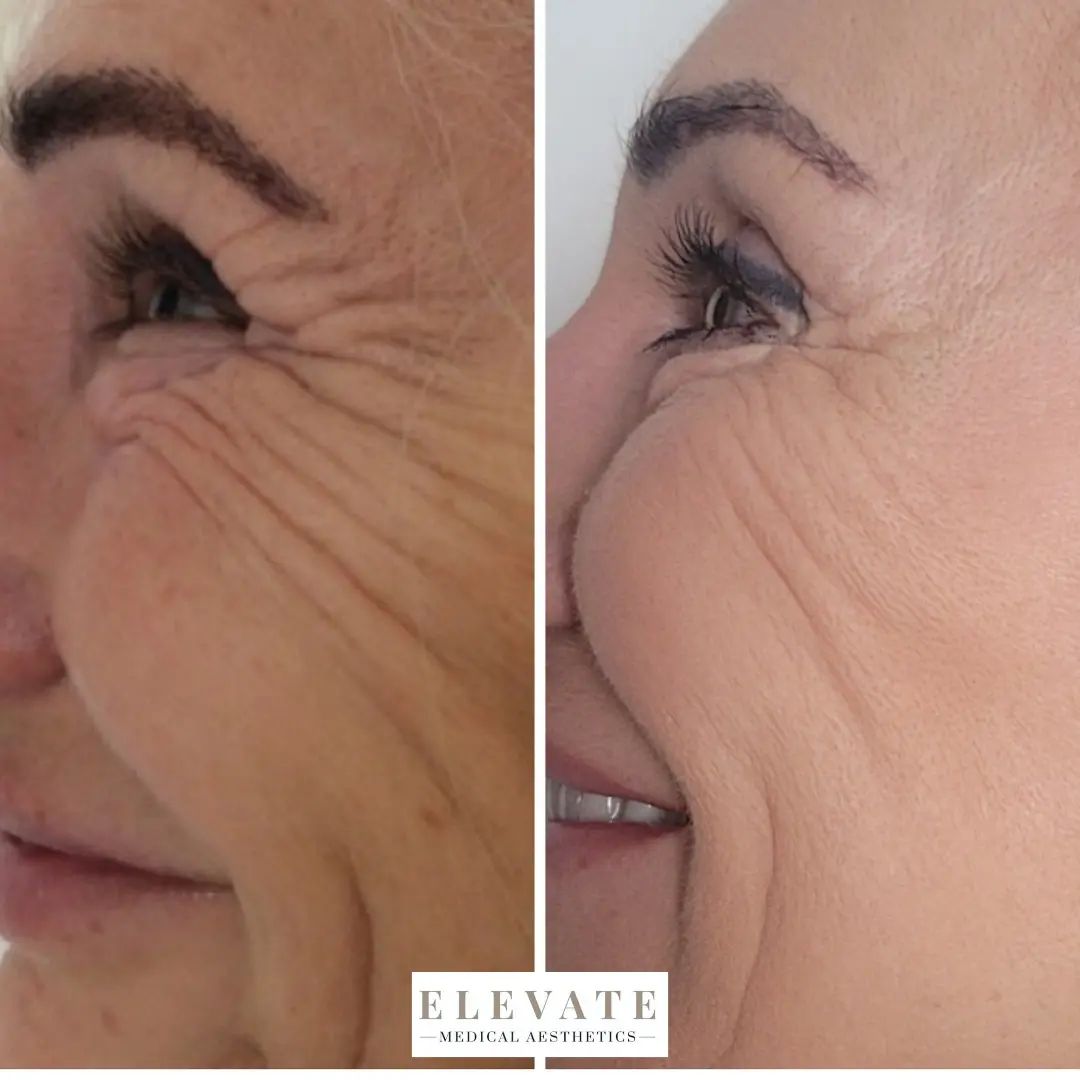
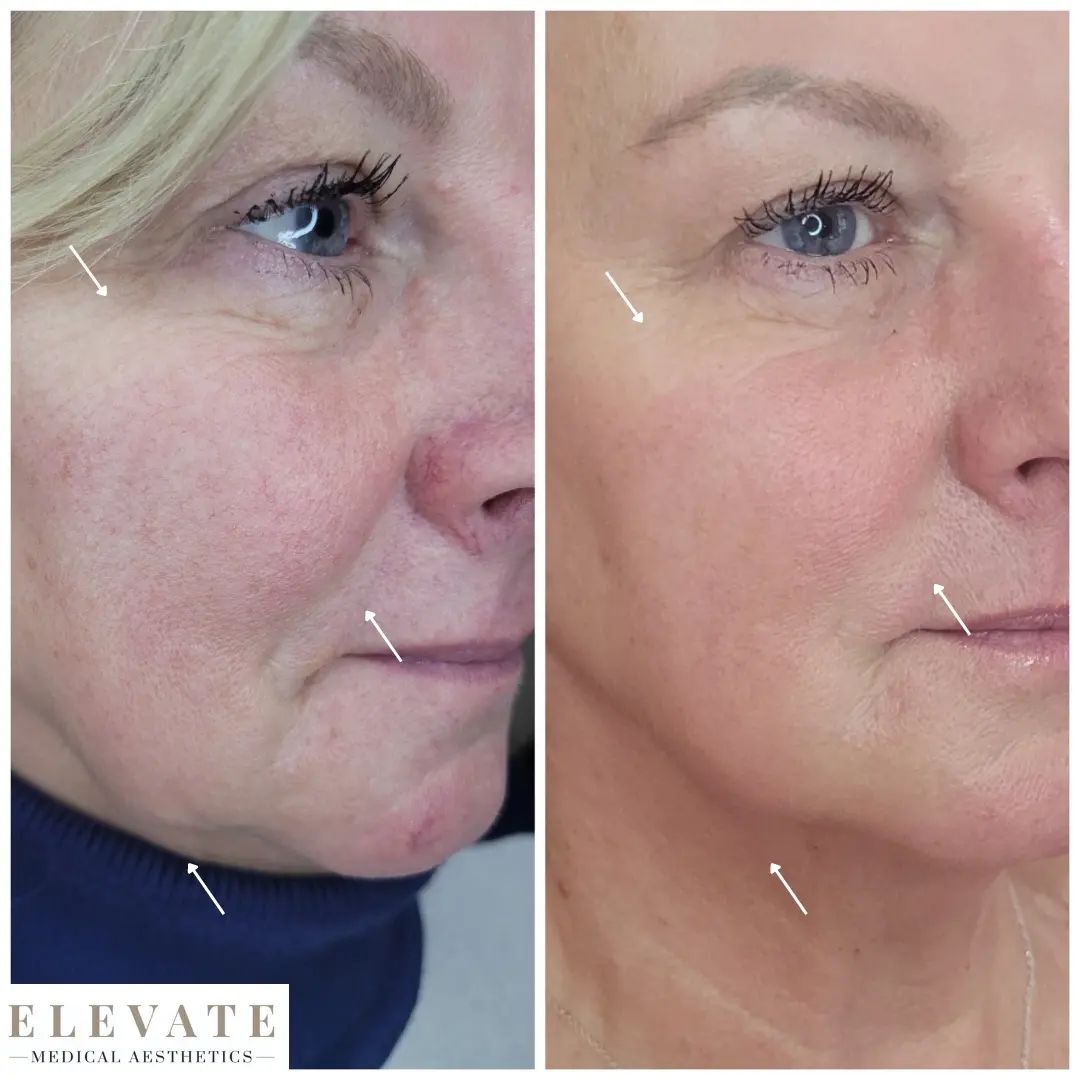
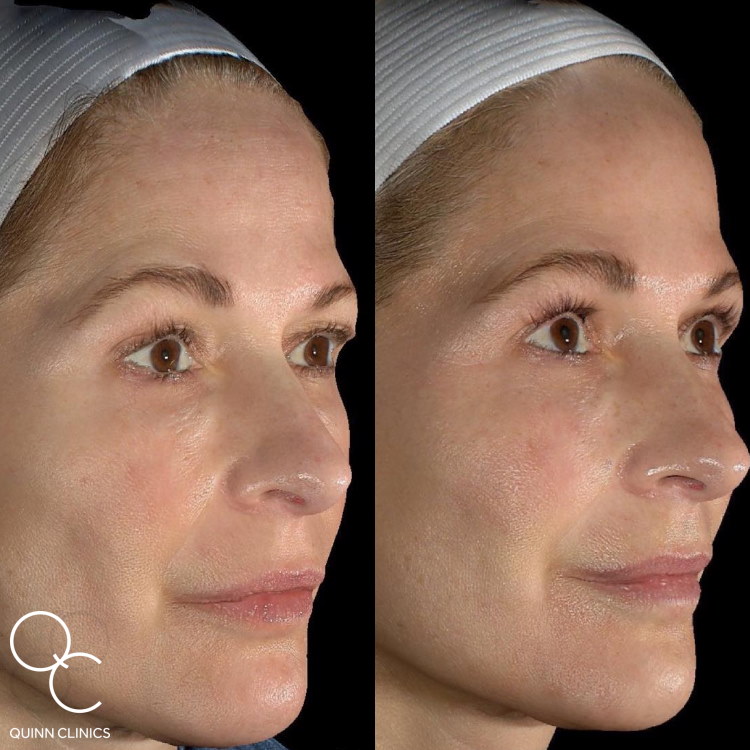
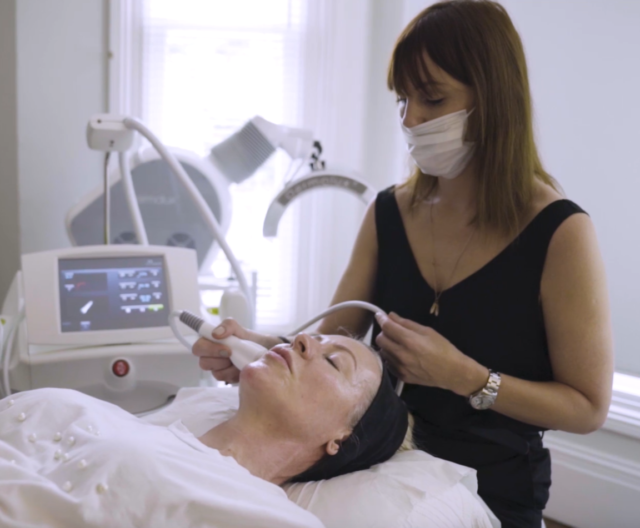
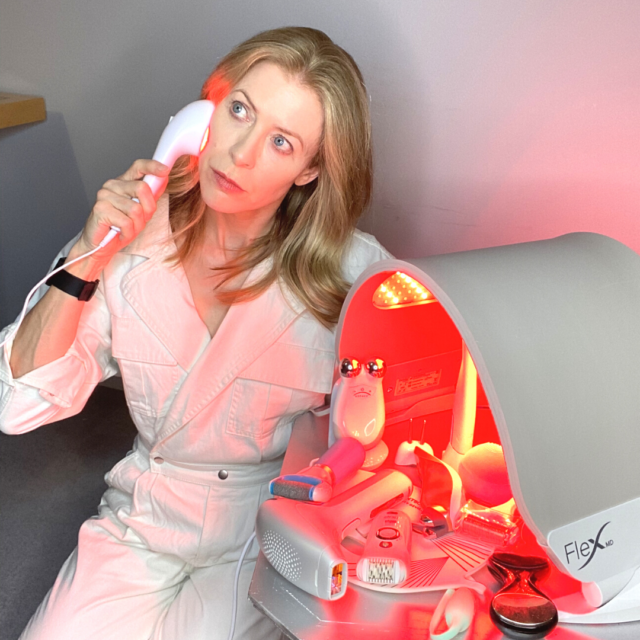
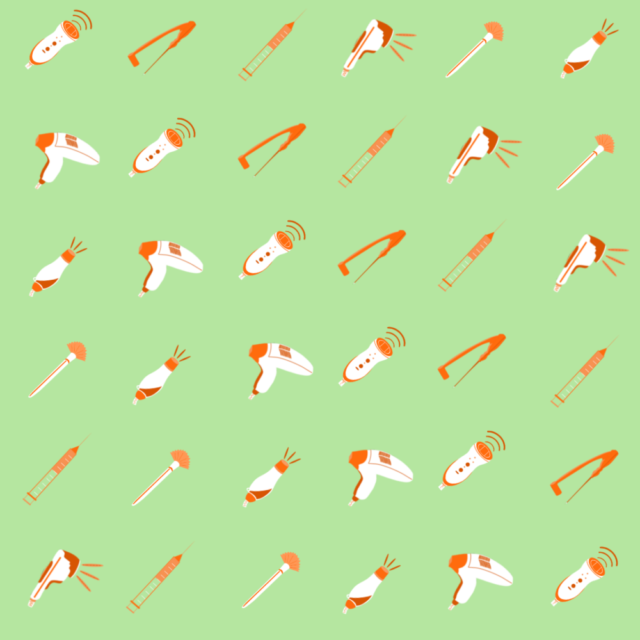
 The Tweakments Chatbot
The Tweakments Chatbot